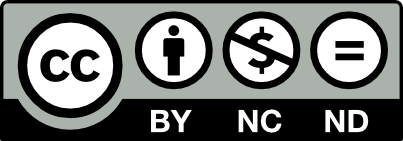On this page you can access animated modules aimed at providing an introduction to unconscious bias, how it manifests in typical processes and procedures, and how academic units might adopt more inclusive practices by considering these dynamics. These modules can facilitate deeper conversations about interrupting bias and acting to promote more inclusive institutions. This initiative was developed by University Professor Maydianne Andrade as a ‘made in Canada, relevant to the Canadian context’ resource based on the literature, leadership experience of TIDE Co-Chairs, and questions, comments and responses of varied audiences to talks and workshops on these concepts.
Additional modules are in the planning stage. Please help TIDE to improve the resources we offer by completing this anonymous survey after you review the modules.
Copyright
Modules 1-3. © 2022 Maydianne CB Andrade. This work is licensed under a Creative Commons Attribution-NonCommercial-NoDerivatives 4.0 International License.
NEW! Module 4. © 2024 Bryan M. Gaensler This work is licensed under a Creative Commons Attribution-NonCommercial-NoDerivatives 4.0 International License.

Certificates of completion are available at the end of each module.
University of Toronto faculty and staff: if you wish to document completion of these modules you must review them in SuccessFactors (Module 1, Module 2, Module 3, Module 4 [NEW!]). Documentation can be accessed by selecting “view all” under “My learning history” on the SuccessFactors homepage and clicking on the printer icon to the right of the corresponding module title.

